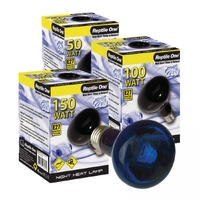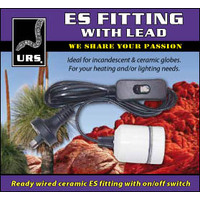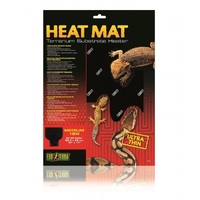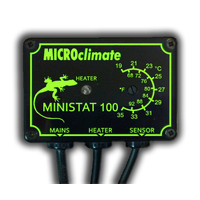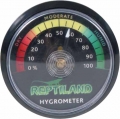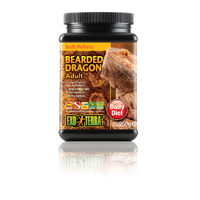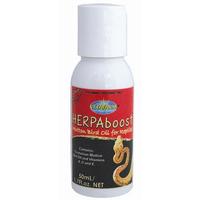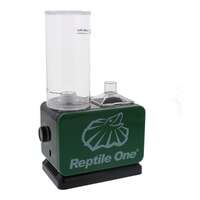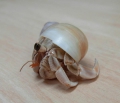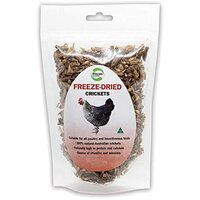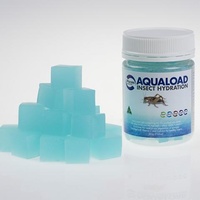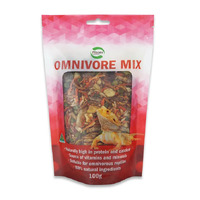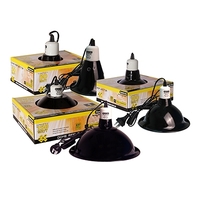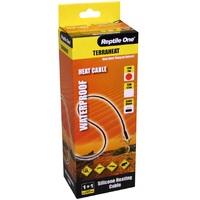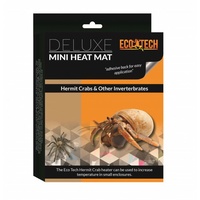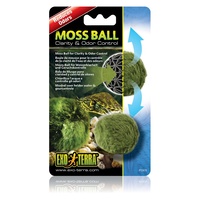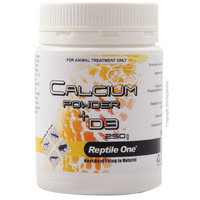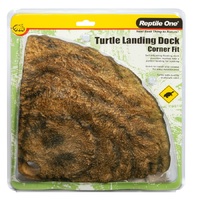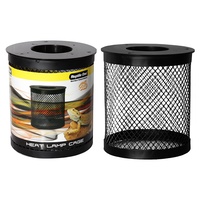Reptile Supplies
-
Filter By Size
Strangle Fig (75cm) Strangle Fig (150cm) Rattan Palm (75cm) F250/F350 F250 90g 85g 80 Watt 75W 75 Watt 72cm 72 Watt Equivalent to 100 Watt 70g 7 Watt 66ml 60W 60 Watt 52 Watt Equivalent to 75 Watt 50Watt 500g 50 Watt 5 Watt 45cm x 60cm 43g 42 Watt Equivalent to 60 Watt 40Watt 40W 40g 40cm 40 Watt 365g 340g 300g 28W Equivalent to 40W 28 Watt Equivalent to 40 Watt 26 Watt 25W (4.5m) 25W 250ml 250g 250 Watt 237ml 227g 20 Watt 20 160 Watt 15W (2m) 150W 150 Watt 14 Watt 13 Watt 125ml 125 Watt 120ml 120cm x 60cm 118ml 100Watt 100W (12m) 100W 100 Watt 10 Mini (30x30cm) Mini (29x28cm) 25 Watt Small 8W Small 14cm Small (7cm) Small (45x45cm) Small (43x43cm) Small Medium Medium (58x43cm) Medium (45x60cm) Medium (21cm) Medium (13cm) 90cm x 60cm Medium 16W 250W Large (88x43cm) Large (25cm) Large X-Large -
We have a wide range of reptile supplies online in Australia. Whether you have a lizard, snake, turtle, scorpion or other type of reptile, we will have the product to suit your pet's need. At our online reptile store you will find heating, lighting, substrate and food to keep your scaled pet reptile happy and healthy.
Australian Reptile FAQ's
What is a reptile?
Reptiles are cold-blooded vertebrates that typically have dry scales, lay amniotic eggs, and breathe air. Common reptiles that Australians keep as pets include snakes, lizards and turtles.
What are the basic requirements for owning a reptile in Australia?
Reptiles have specific care needs, including proper enclosures, heating and lighting, humidity control, appropriate diet, and regular veterinary care.
What kind of enclosure is suitable for a reptile?
The enclosure requirements vary depending on the species, but it should be secure, adequately sized, and mimic the natural habitat of the reptile. It should have proper ventilation, temperature gradients, and hiding spots. Some reptiles may require special equipment like UVB lights or humidity control.
How do I provide the right temperature and lighting for my reptile?
Most reptiles require a temperature gradient within their enclosure, allowing them to thermoregulate. Heat sources such as heat lamps, ceramic heat emitters, or under-tank heating pads can be used to provide a warm basking area, while the other side of the enclosure should be cooler. Reptiles may also need specific types of lighting, including UVB lights, to meet their dietary and metabolic needs. Remember to always connect any heat source to a thermostat to avoid overheating your reptile's enclosure and potentially cause burns to your animal.
What do reptiles eat?
Reptiles have varied diets depending on their species. Snakes generally eat rodents or other small animals, while lizards can have a diet consisting of insects, fruits, vegetables, and sometimes small vertebrates. Turtles may consume a combination of aquatic plants, insects, and commercial turtle pellets.
Do reptiles require any special care or handling?
Reptiles, especially snakes and lizards, have specific handling requirements. Some reptiles may tolerate handling, while others may become stressed or defensive. It's important to handle them gently, supporting their body properly, and respecting their boundaries. Always wash your hands before and after handling to prevent the transmission of any potential diseases.
Are reptiles suitable pets for children?
Reptiles can make interesting pets, but they may not be suitable for young children, as they require specific care, handling, and supervision. We recommend that you consider the needs of the reptile and the capabilities of the child before deciding to bring a reptile into a household with young children.
Do Australian reptiles carry any health risks?
Reptiles can carry bacteria such as Salmonella, which can pose a risk to human health if proper hygiene practices are not followed. It's crucial to wash hands thoroughly after handling reptiles or cleaning their enclosures to minimise the risk of bacterial transmission.
Do Australian reptiles live a long live as pets?
Reptiles can have long lifespans compared to some other pets. Some turtles can live for several decades, while certain snake and lizard species can live for 10 to 20 years or more. Before getting a reptile, consider the long-term commitment required to care for them throughout their lifespan.
Can reptiles be kept together?
Not all reptiles can be housed together, as they may have different habitat requirements, social behaviours, or pose a risk to each other.
Related categories: Reptile Light Bulbs, Reptile Heating, Reptile Temperature Reading, Reptile Thermostats, Reptile Food, Reptile Healthcare, Hermit Crab Products
Popular reptile brands: Eco Tech, Exo Terra, MICROclimate, Pisces, ReptiFX, Reptile One, Trixie, URS, Vetafarm, Zoo Med
Checkout with Afterpay, Zippay, Visa, Mastercard or American Express.

 for Dog Products & Supplies
for Dog Products & Supplies
 for Dog Food
for Dog Food
 for Cat Products & Supplies
for Cat Products & Supplies
 for Cat Food
for Cat Food
 for Reptiles
for Reptiles
 for Small Animals
for Small Animals
 for Aquarium
for Aquarium
 for Bird Products & Supplies
for Bird Products & Supplies

